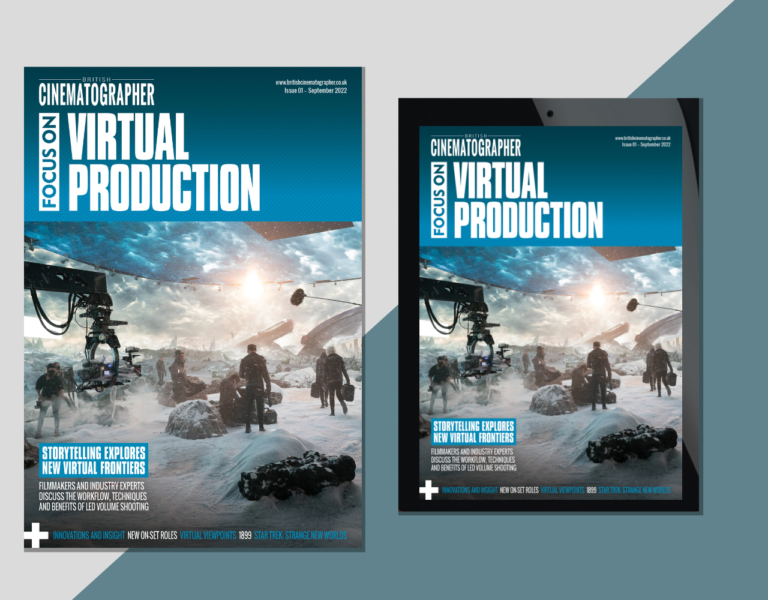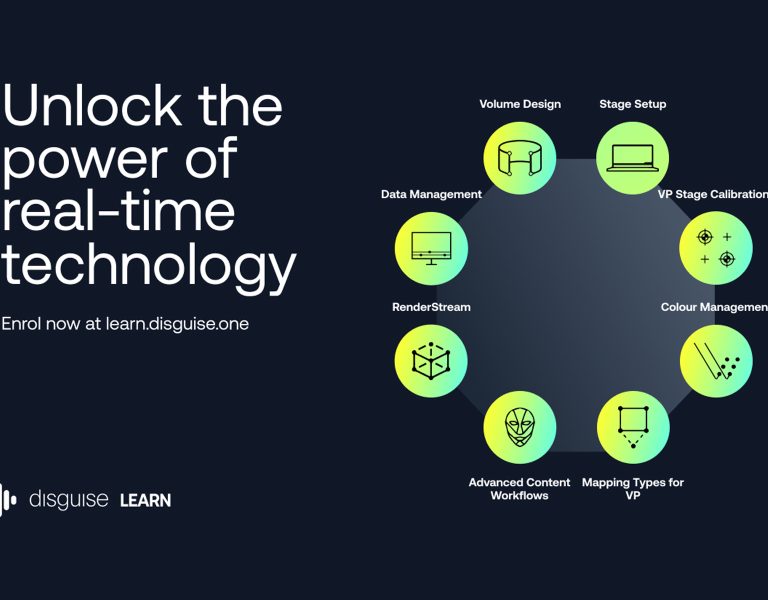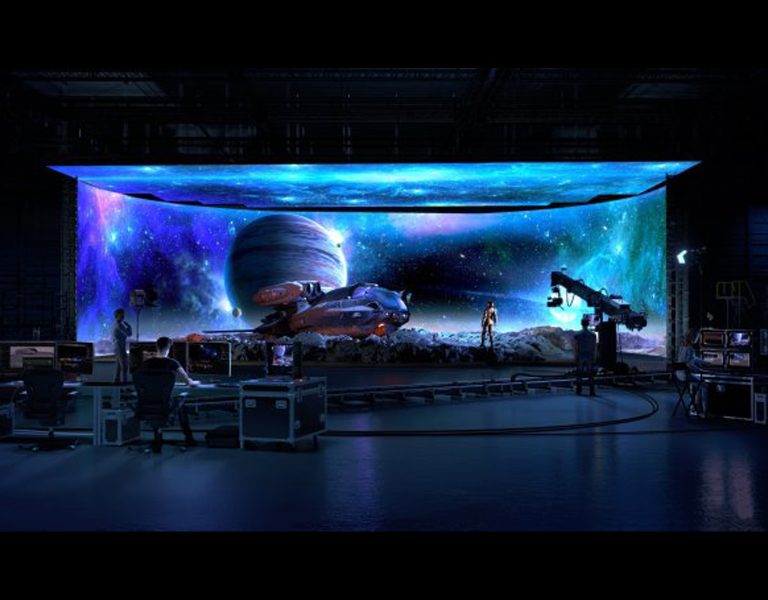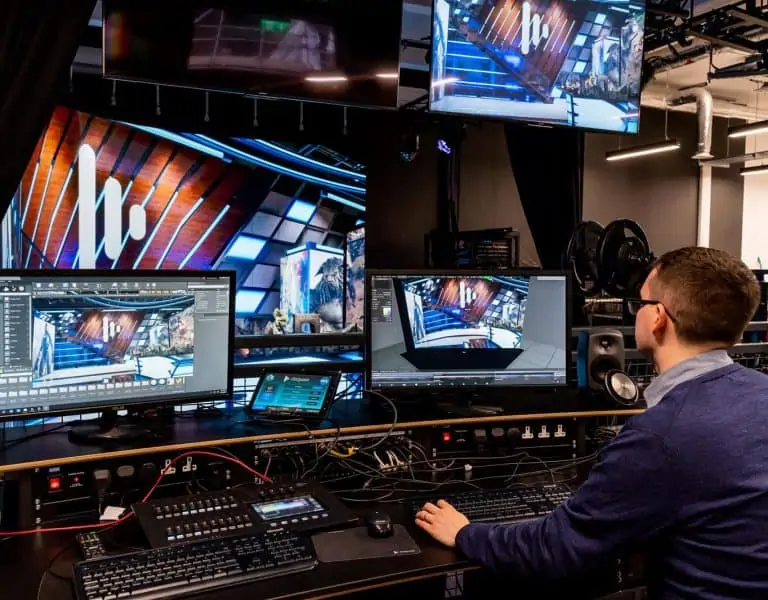This coming year is undoubtedly going to be an interesting one for the film and TV industry. That seems to be the thing that everyone says each January, but that doesn’t mean it’s not true.
The exciting technical developments that are a constant presence all the time across the market are going to continue, of course. But I suspect we’re also going to see more rapid advancements in 2025 with productions continuing to adopt the latest benefits of virtual production, and real-time technologies driving closer collaboration between filmmaking departments, while studios and vendors increasingly experimenting with AI filmmaking tools and pipeline efficiencies. As virtual production becomes increasingly accessible, global production tax incentives and emergent co-production business models will help to stimulate a new wave of independent films.
Innovation and development
As a technology-focused studio, everyone at Dimension takes a keen interest in the latest toolsets and techniques we see being released by partners that we work with and it’s always great to see what our industry peers develop. The virtual production and VFX landscape is one that shares its discoveries, so what’s good for one, is good for the wider industry.
I’m looking forward to seeing the creative solutions that the industry presents this year to address the opportunities and challenges. We’re entering an exciting, almost sci-fi-esq, period for filmmaking with a fascinating and deeper convergence between real-time, mixed reality, and AI technologies. Our Applied Technology team at Dimension, for example, are working on exciting solutions that push what’s possible with real-time technologies and content creation, from custom render engines that advances realism, lighting and caustics, or AI segmentation tools, to next generation more flexible approaches to virtual production shoots and in-camera VFX. We’re looking forward to sharing a lot of that with the wider industry this year.
Virtual production becoming more accessible
The last few years have of course seen wider adoption of virtual production techniques – and not just for the biggest shows with the deepest pockets. The big budget productions have helped to carve a path and facilitated virtual production breakthroughs that, increasingly, smaller-budget projects will benefit from. Greater accessibility opens greater innovation. Dimension is currently working on a number of independent films designed with virtual production right at their heart.
A shift to more democratised virtual production and the advancements of real-time graphics engines and in-camera VFX not only means a closer collaboration between filmmaking departments but also between vendors and clients. Real-time is a game-changer right across the filmmaking process. We’re finding it already, where we’re involved with the creative and production teams from the very beginning. On Time Bandits for example, we were looking at the script to consider and develop how virtual production was going to best benefit production.
Evolving business models
I anticipate that as involvement in productions from script-to-screen continues, technology companies will look to be involved in wider production duties as well. Several creative studios have done or tried this already, with production arms spinning out of animation or VFX studios – to varying successes. What we do see now though is a thriving independent filmmaking market ripe with potential for production companies to partner with filmmakers in a much more organic way to become more of a production partner than ever before.
What this brings with it is a whole host of benefits. VFX, virtual or realtime technology vendors so often find themselves offering solutions to filmmakers or producers that they might not have initially thought about using. If a production team includes people with realtime and virtual production expertise from the start, you’ll start narrowing down the virtual production techniques that will benefit the production much faster than ever before, saving the need to do a lot of unnecessary exploratory work. Time and money are the resources that the industry runs on, so why wouldn’t you want to find efficiencies?
Virtual production as a service
The other thing that we’re already seeing thanks to virtual production becoming more accessible is a shift in who wants to gain its benefits. This is going to present itself in 2025 as a demand for turnkey virtual production technologies.
Virtual production is being widely adopted across both long-form and short-form content. No longer the preserve or features films and episodic, short-form uses for advertising, brand content or music videos will continue to make their own content higher quality than ever before. As the market evolves this year, expect demand for faster access to ready-to-go virtual production stages increasing, with virtual production and realtime specialists being recruited by clients to deliver scalable services, and provide out-of-the-box solutions that can be deployed and operated on their behalf, rather than needing to spend the time and resources needed to invest in all of the people and technologies themselves.
Regardless of how significant these things become and how quickly, filmmaking and virtual production continues to evolve, and we know 2025 will bring with it a lot of opportunities that the industry has been looking out for over the last few years. Personally I’m looking forward to seeing not just what the next 12 months have in store for us, but beyond that as well.










